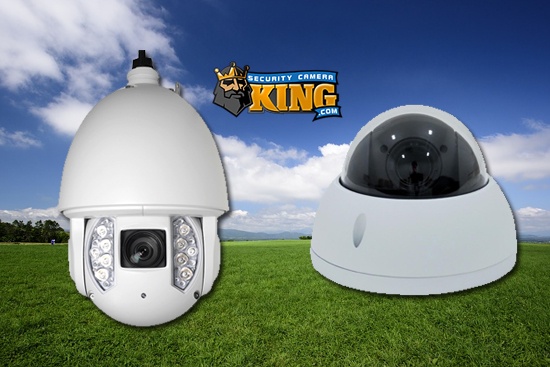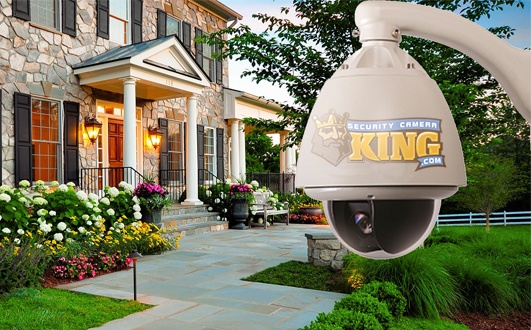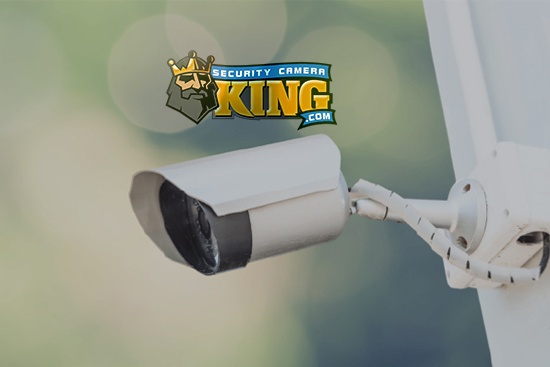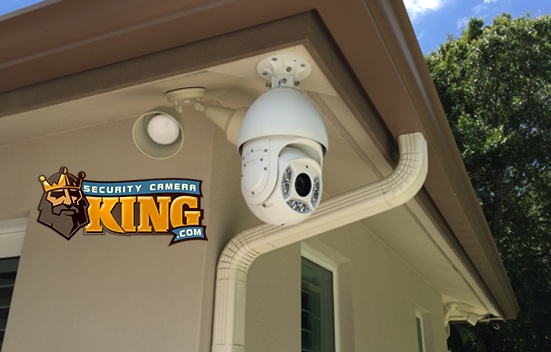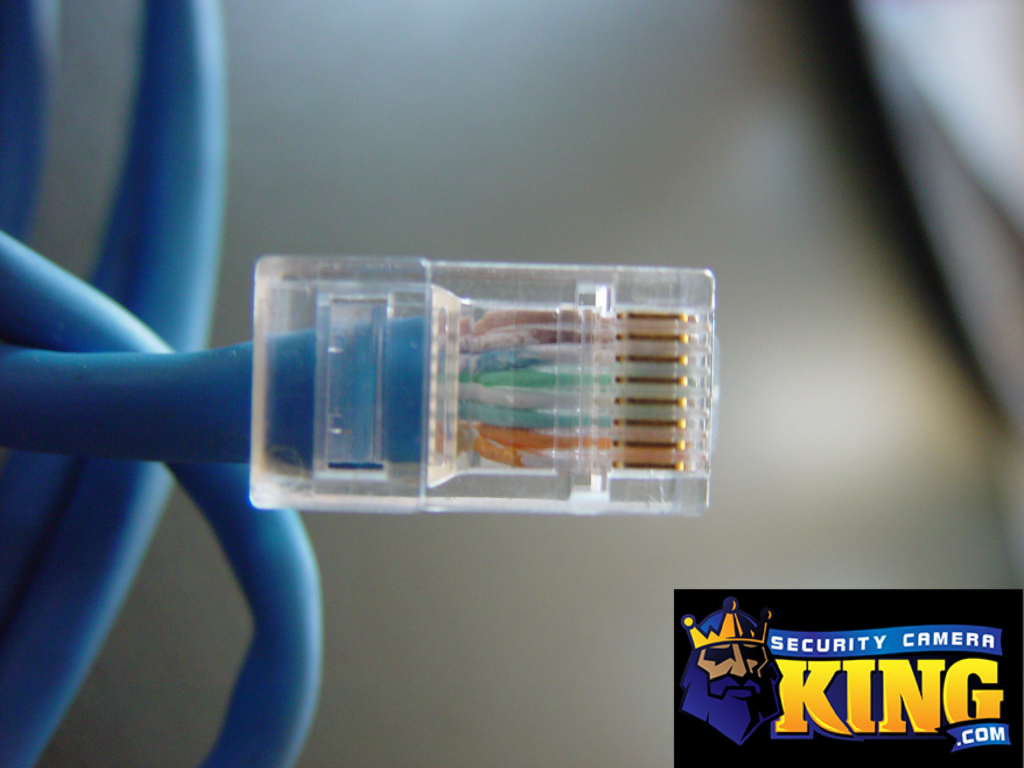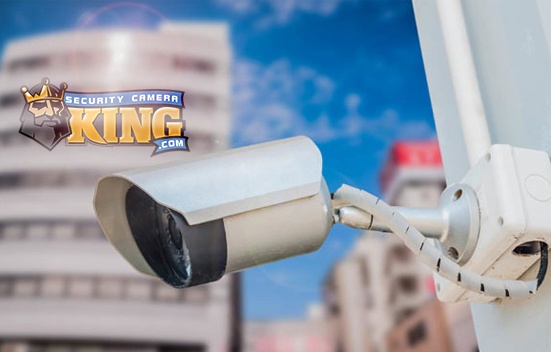Cat5 Vs Cat6, which is better?
Cat5 vs Cat6 Which is better? This is a question we actually get asked quite a bit. Many want to know which of these two types of cables is better overall and if it makes sense to use one over the other. With so many types of cables and technologies available nowadays, it can get confusing. We get it, and that’s why we’re gonna break it down for you. so to answer Which is better, Cat5 vs Cat6, simply read on and we will explain it all!
Ethernet is the name of the primary cable category that both cat5 and cat6 belong to. When it comes to wiring and crimping, there is no cat5 vs cat6 because they both are made the same way using the same wiring scheme and they even both get crimped or “terminated” at both of their ends with the same connector head. The type of connector used at Ethernet ends is referred to as RJ45 (it looks like a much bigger telephone cable jack). In the most rudimentary sense, a network connection between two computer devices that use ethernet for network connections can both be used with cat5 and cat6. Okay, so we know how they are the same, but they have different names so they’ve got to be different right??? They are, so first Let’s talk cat5
Cat5 and Cat5e:
Cat5 is just shorthand for category 5 (and as you can guess there cat6 is just category 6). Cat5 Ethernet cable was first created in 1995 for general use. Initially, cat5 could only pull a maximum speed of 100 megabits per second(which was actually fairly fast for the time). By 2001 however, the need for speed had become all too real and cat5 was superseded by its successor cat5e.
Cat5e got a serious boost and is capable of gigabit speeds when exceeding 100 meters, and 2.5 gigabits in closer proximity. There are some issues with using too many cat5e cables close together though, they can create interference with each other and result in something called- crosstalk. Hence the advent of cat6.
Cat6:
Cat6 cable has a ‘spline’ running down the cent of the rubber tubing which incases the wires. This spline causes the wires to separate in such a way that it helps to reduce or even eliminate EMI – or electromagnetic interference. This is the stuff that results in crosstalk. This is the stuff that results in crosstalk. Additionally, if speed is your thing cat6 can handle up to 10 gigabits at distances of under 55 meters.
Which is better?:
Okay, so it may sound a bit like if you were to ask “cat5 vs cat6, which is better?” that cat6 comes up as a clear winner. While this might seem the case the question really shouldn’t be which is ‘better’ but more so ‘which is better suited for my needs?”
Think of it this way, the cost is a huge factor and cat5 is far, far less expensive. The underlying idea is to use cat6 when it is needed to achieve its purposeful goals, and use cat5 to save costs where things like crosstalk might not be an issue.
For example, areas like server closest when short cables carrying lots of data exist super close- cat6 is probably a better choice. This is because, in close quarters, Ethernet cables are prone to electromagnetic interference as discussed earlier. Since Cat 6 is designed to mitigate crosstalk caused by electromagnetic interference, this makes them the best choice for areas where cables will be closely bunched together. Additionally, over the experience of the short distance in these types of rooms, there’s far more bandwidth to be used on cat6, which is great for high traffic systems like servers. It’s overkill for other things though.
However, this brings us to Cat 5- and the major determining factor for its use is almost always cost vs yield. Because of the spline, better quality materials, and newer technology Cat6 is usually more expensive than cat 5 by a significant amount. This means any situation where cross-talk is unlikely, or the hardware being used doesn’t demand extreme bandwidth- it actually does not make a lot of financial sense to invest in cat 6 when Cat 5 e is available. When running cables for workstations, POS systems, residential consumer electronics like Video Game consoles or Blu-ray players, or other end-user equipment it is a good idea to consider cat 5 for a substantially smaller expense. Both cable types serve a purpose in the IT world and are used regularly in just about any network application you can imagine
Thanks for joining us in learning the difference between Cat 5 and Cat 6 Ethernet, and where you would want to use these cables. If you enjoyed the video or found it helpful- don’t forget to toss us a like and hit that subscribe button for more content! Check out our other articles, videos, and a related link at the bottom of the page. Until Next time, Stay Safe! For more info on any products we have/carry- give our sales pro’s a call at 561-288-5258
Related: Recorder Time Settings Explained
Find Us On: Facebook | Twitter | YouTube


